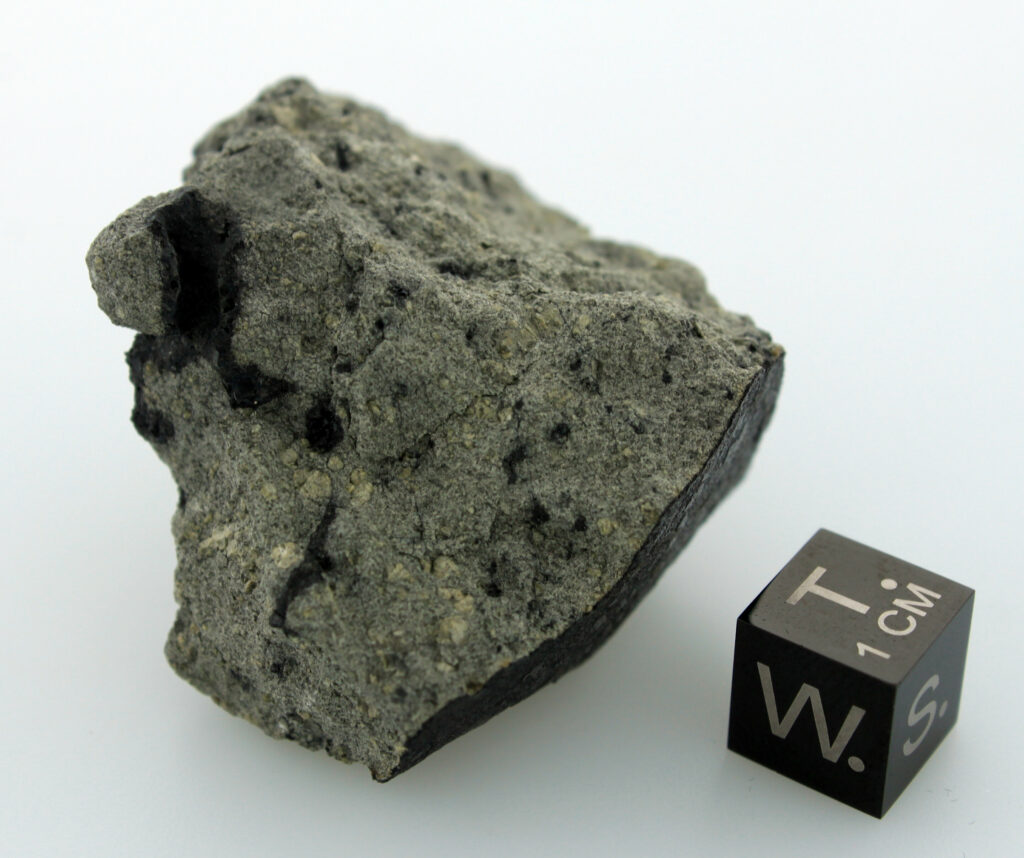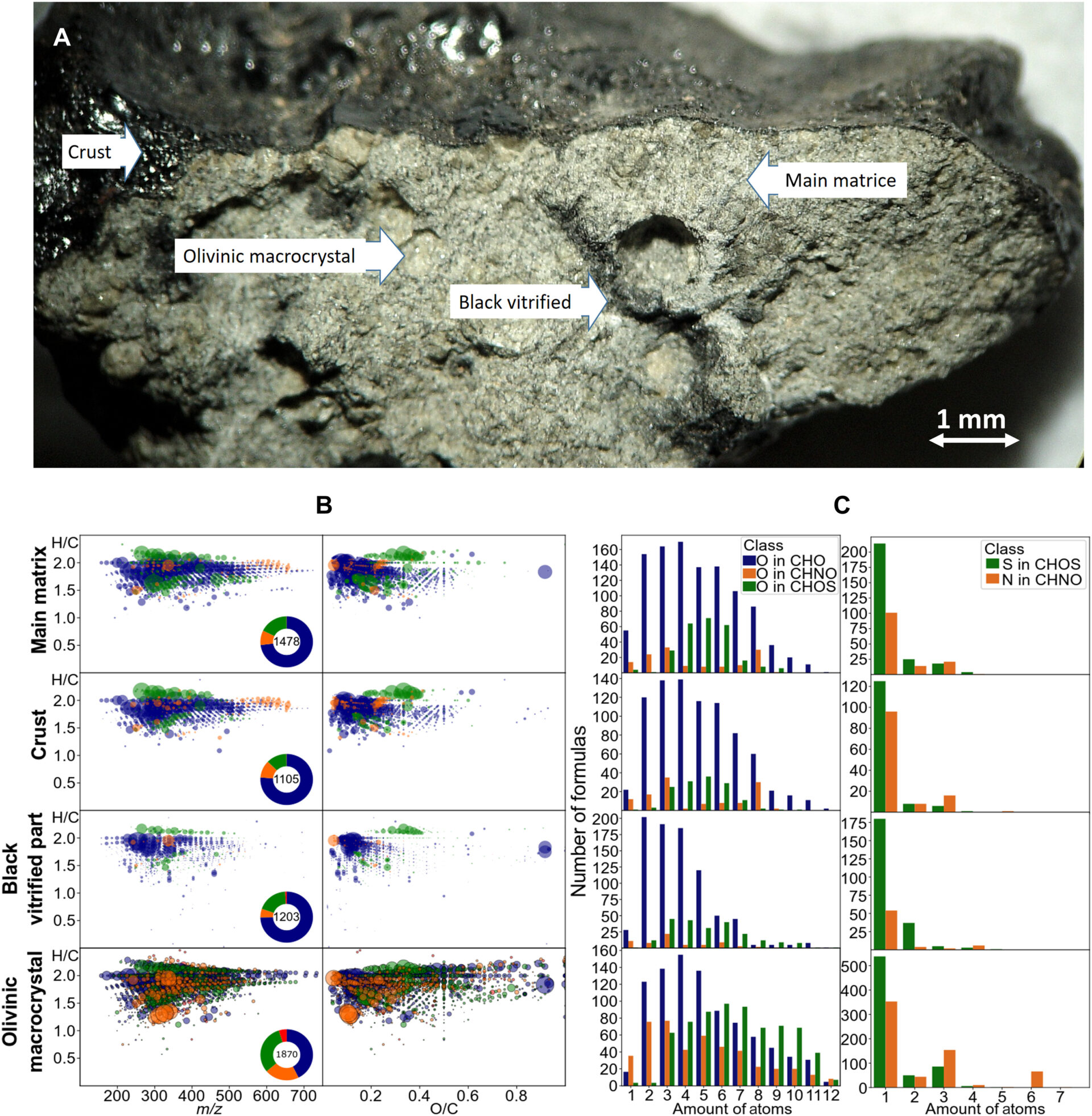The Martian meteorite Tissint turned out to be rich in organic compounds. This is stated in an article published in the journal Science Advances.
Martian Meteorite
On July 18, 2011, a bright fireball was spotted in the sky over Morocco. Subsequently, local residents found a lot of fragments with a total mass of about 17 kg, left over from a celestial body that entered the earth’s atmosphere. Their isotopic analysis showed that the meteorite, which was given the name Tissint, has a Martian origin.

Tissint was formed hundreds of millions of years ago and then was thrown into space by some powerful event — a volcanic eruption or as a result of a large asteroid falling on Mars. To date, Tissint is only one of five Martian meteorites which fall to Earth that has been observed by humans.
Each Martian meteorite is of great scientific value. Although now Earth and Mars were completely different worlds, in the distant past they had much more in common. The analysis of Martian meteorites gives scientists the opportunity to look into the past of the Red Planet in search of an answer to the question whether it could have been home to some forms of life.
Abundance of organic matter on Mars
A team of scientists from the Technical University of Munich conducted a comprehensive chemical analysis of Tissint. They find that it contains a surprisingly large number of different organic compounds. Thus, it contains branched carboxylic acids and aldehydes, olefins and polyaromatic compounds with and without heteroatoms.

But the most interesting are organomagnesium compounds. They have never been found on Mars before. It was believed that they were formed under the influence of high pressure and temperatures in the interior of the planet and indicated a connection between its carbon cycle and mineral evolution. Scientists hope that samples of Martian soil, which will be delivered to Earth by future missions, will help to learn even more about the past of the fourth planet from the Sun.
According to https://phys.org
Follow us on Twitter to get the most interesting space news in time
https://twitter.com/ust_magazine

